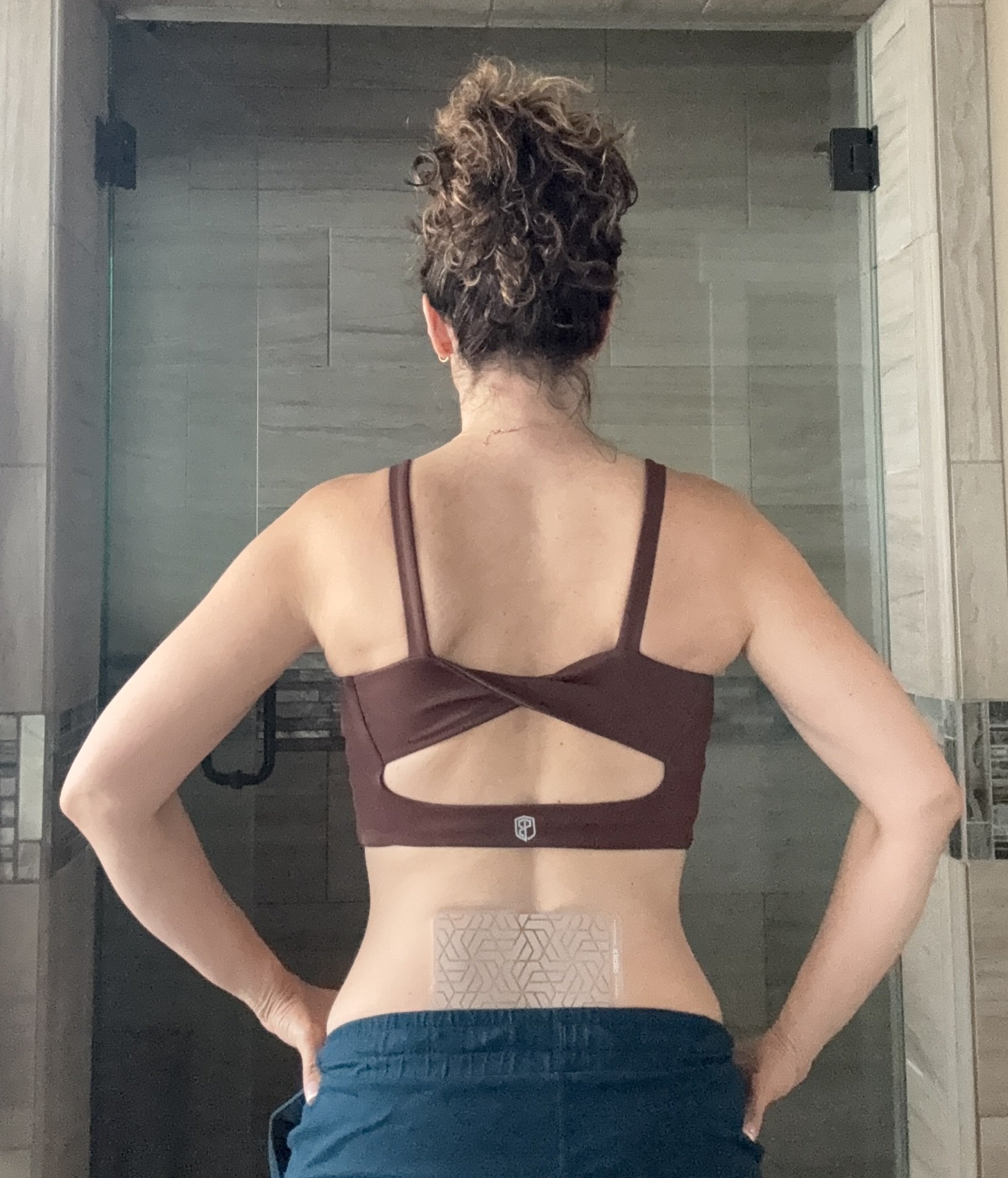How the Kailo Pain Patch Helped My Lower Back: A Midlife Woman’s Honest Review
Let’s talk about back pain.
Not the “I overdid it at the gym” kind, but the subtle, constant ache that makes unloading groceries or sitting through a kid’s basketball game just a little more uncomfortable than it used to be. If you’re anything like me, a midlife mom with a million things to juggle, you probably don’t have time for complicated solutions, side-effect-loaded medications, or anything that adds one more item to your to-do list.
So when I first heard about the Kailo pain patch, I was skeptical. A patch that sits on your skin and communicates with your body's electrical system to reduce pain…without drugs? It sounded like something out of a sci-fi wellness catalog. But you know what? I gave it a shot. And I'm really glad I did.
My Honest Experience Wearing Kailo on My Lower Back
I’ve been wearing the Kailo patch on my lower back, and what I noticed wasn’t some dramatic, instant change, but rather a subtle easing of that nagging discomfort. It’s not like the pain disappears completely, but it softens. I feel it less when I’m doing chores, when I’m walking around the grocery store, when I finally get to sit down with a book after dinner.
There’s something empowering about finding non-invasive relief that lets you move through your day a little more comfortably. And for me, that’s a big deal.
So, How Does Kailo Actually Work?
The Kailo patch doesn’t deliver medication or heat. Instead, it uses nanotechnology designed to interact with the body's electrical signals. Think of your body like a highway of signals constantly moving to and from the brain. Pain is just one of those signals.
Kailo contains tiny capacitors that are meant to "listen" to the signals passing through your skin and help disrupt or reroute pain before it ever reaches your brain. It’s basically like calming the noise on your nervous system's radio frequency.
And no, it's not magic, just a little bit of tech meeting biology in a smart way.
Ways to Wear the Kailo Patch
Here’s what I’ve learned from using it:
Placement is key. You don’t have to put it exactly where it hurts. Place the patch between the pain and your brain; so for lower back pain, I put mine just above the ache.
Try repositioning. If you don’t feel much right away, move it around. The company actually encourages this until you find your “sweet spot.”
Use the adhesive or just slide it into clothing. I prefer using the adhesive when I’m on the go, but around the house? I’ll just slip it into my waistband.
Is There Any Research Behind Kailo?
Yes and I always look for the science. Kailo has conducted a double-blind, randomized clinical trial published on their website. In the study, users wearing the patch reported a significant reduction in pain compared to the placebo group, with some participants seeing pain relief in just minutes.
No side effects. No drugs. No batteries. Just a patch and a little relief.
(You can read more about the study here: https://gokailo.com/pages/study)
Why This Matters in Midlife
If you’re reading this, you’re likely navigating midlife with a body that doesn’t bounce back the way it used to. Whether it’s back pain from years of poor posture (hello, desk work and carpool duty) or muscle aches that just stick around longer than they should—you deserve solutions that fit into your life, not take it over.
Kailo isn’t a miracle cure. But it’s one of those small, sustainable tools that quietly supports you as you carry all the heavy loads (literally and figuratively).
So if you’ve been curious about the Kailo patch, this is your nudge to give it a try. Your back might thank you.
Final Thoughts
Ladies, we don’t need complicated. We need options that meet us where we are—with our laugh lines, our garden tools, and our aching backs. I’ll never tell you what you should do. But I will always share what’s working for me, in case it helps you too.
If you’ve tried the Kailo patch or have questions about how to use it, leave a comment or DM me I love sharing resources that actually make a difference.



